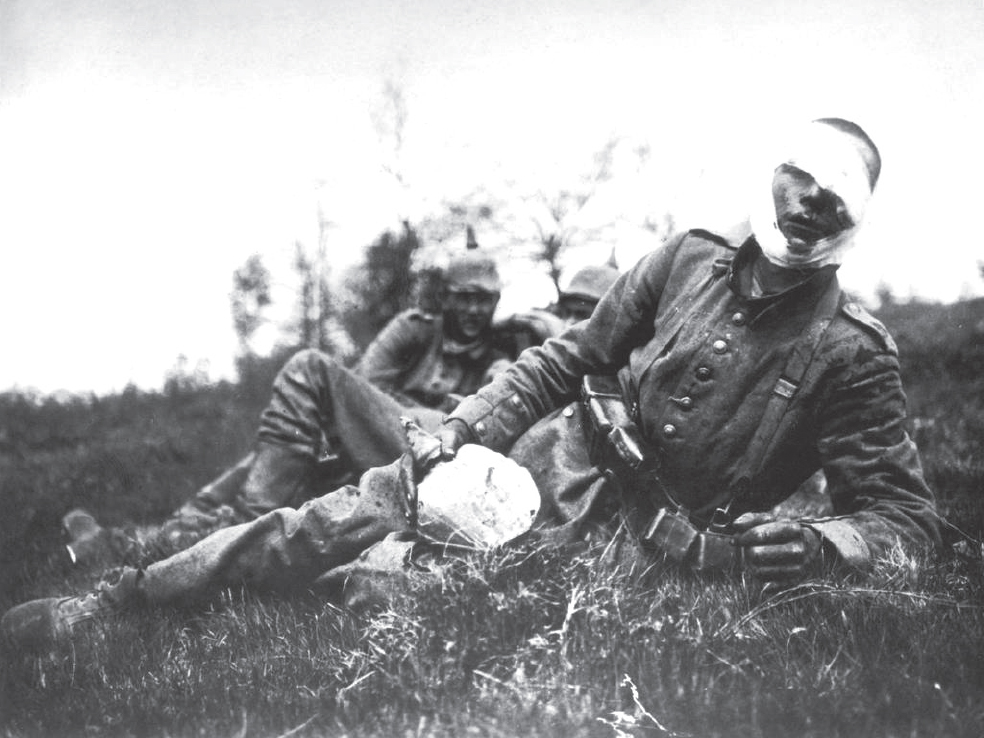
CHAPTER 4
THE FIRST BATTLE OF YPRES
FROM THE PREFACE TO ‘THE GERMANS AT YPRES’
BY OTTO SCHWINK
From the German point of view the patriotic enthusiasm and unconditional determination to win the war which pervaded the new Fourth Army gave every prospect of successfully closing with the enemy, who was apparently still engaged in concentrating and reorganizing his forces, and gaining Calais, the aim and object of the 1914 campaign.
Our offensive, however, struck against a powerful army, fully deployed and ready to meet us. The British boast that they held up our attack with a great inferiority of numbers, but this was only true in the case of the 7th Division during the first two days in the small sector Zonnebeke-Gheluvelt. On 22nd October between Armentières and the sea there were eight Corps opposed to the seven attacking German Corps; and, besides, the enemy had prepared a series of lines of strong trenches covered by an extensive system of artificial obstacles. In the course of the operations that developed, the relative strength of the opposing forces never appreciably altered in our favour. The moral strength of our troops made up for the numerical superiority of the enemy. Our attack drove the hostile lines well back and destroyed, it is hoped for ever, the ambition of our opponent to regain Belgium by force of arms.
The great desire of the Germans to defeat the hostile northern wing, and to hit hardest the most hated of all our enemies, and, on the other side, the obstinate determination of the British to hold on to the passages to their country, and to carry out the offensive to the Rhine with all their resources, resulted in this battle being one of the most severe of the whole war. The deeds of our troops, old and young, in the battle on the Yser and of Ypres can never be sufficiently praised, and in spite of great losses their enthusiasm remained unchecked and their offensive spirit unbroken.

A lightly wounded German soldier pictured during the fighting at Ypres.
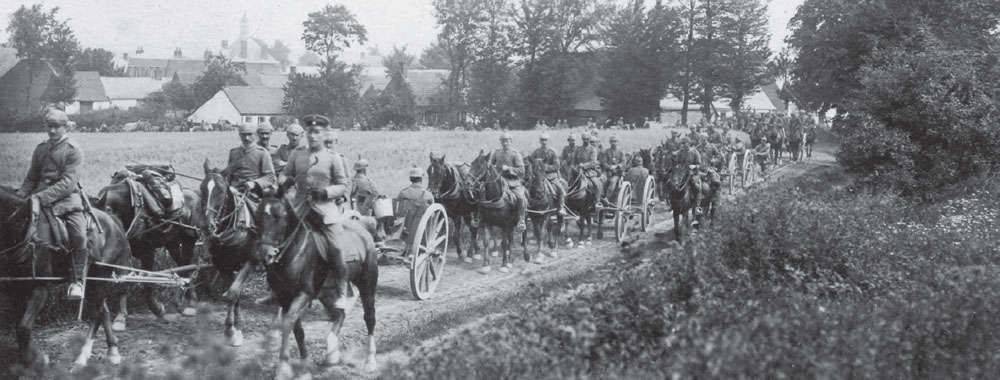
German artillery on the move 1914.
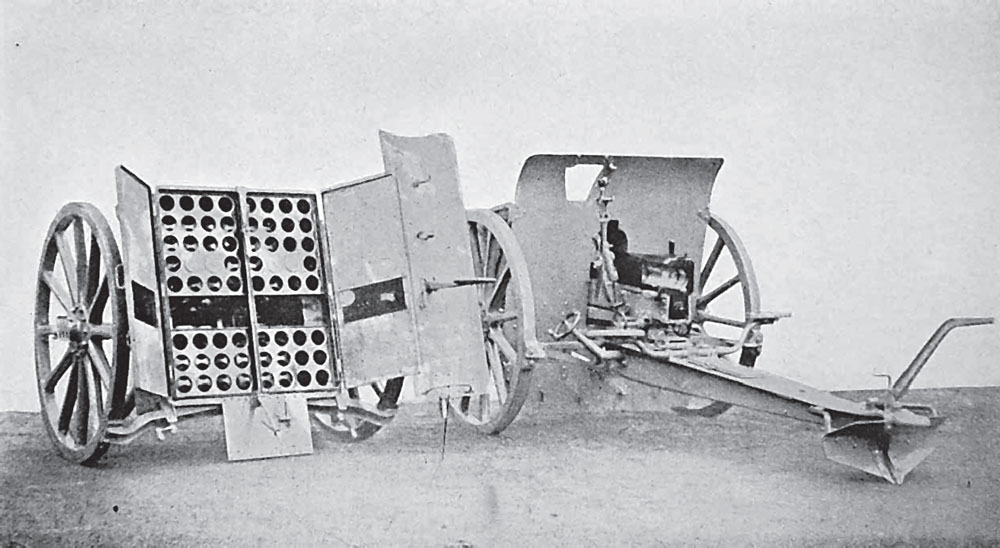
The 7.7cm German field gun was the standard equipment for field batteries during the war.
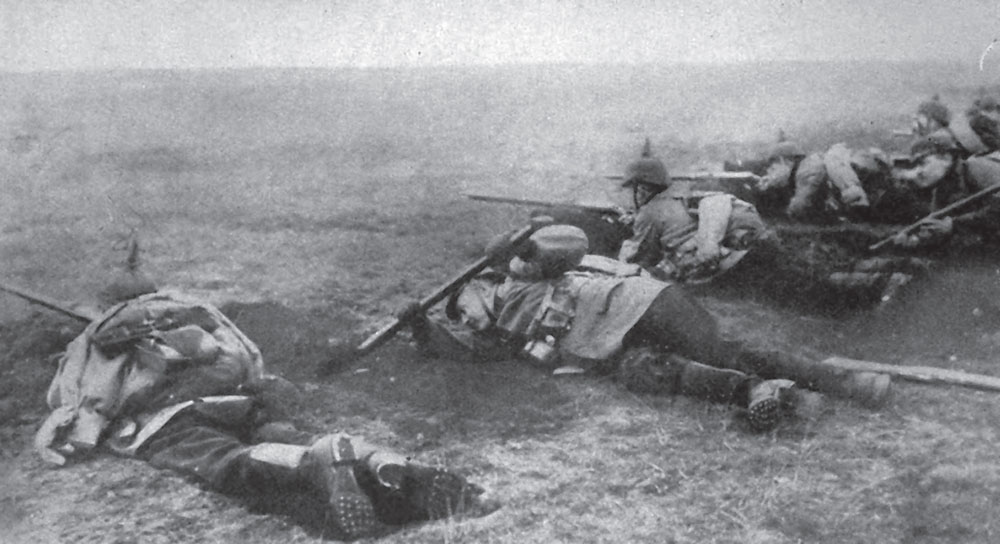
German infantry moving forward in a relatively cautious manner by digging in as they advance.
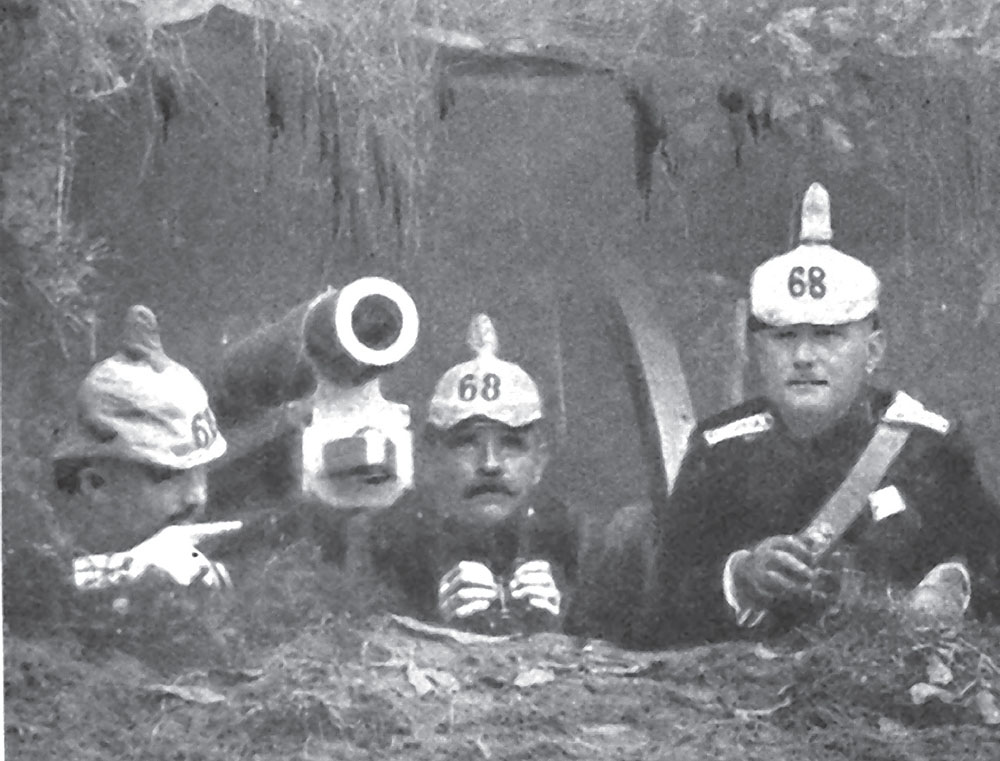
German gunners in front of their well screened artillery piece consider the next target.
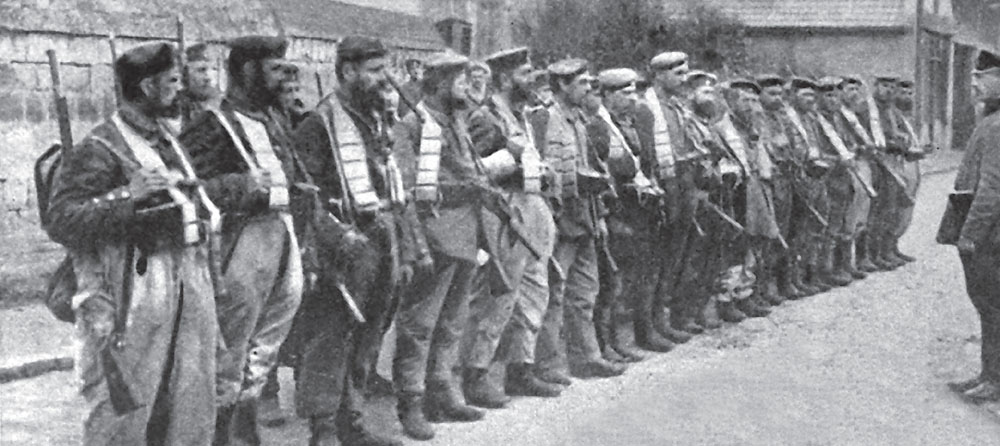
Prussian infantry wearing linen trouser-overalls, fastened by the two bands over the shoulders, line up for inspection. The workings of the rifles are bandaged to prevent them becoming clogged with mud from the trenches.
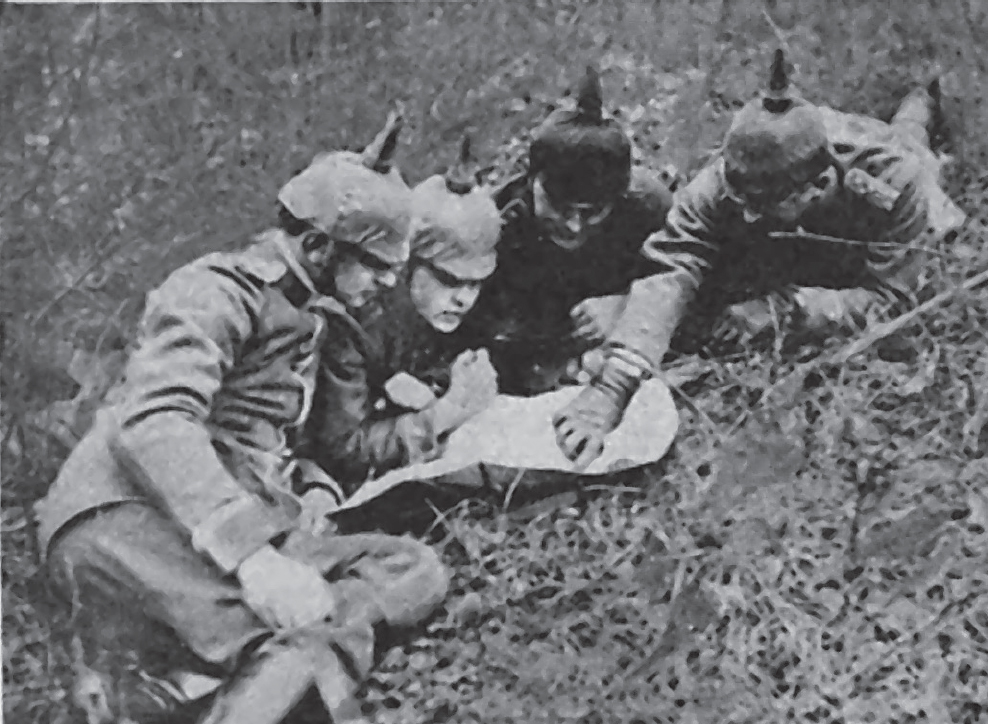
German officers studying their maps in order to plot the next move during the advance.